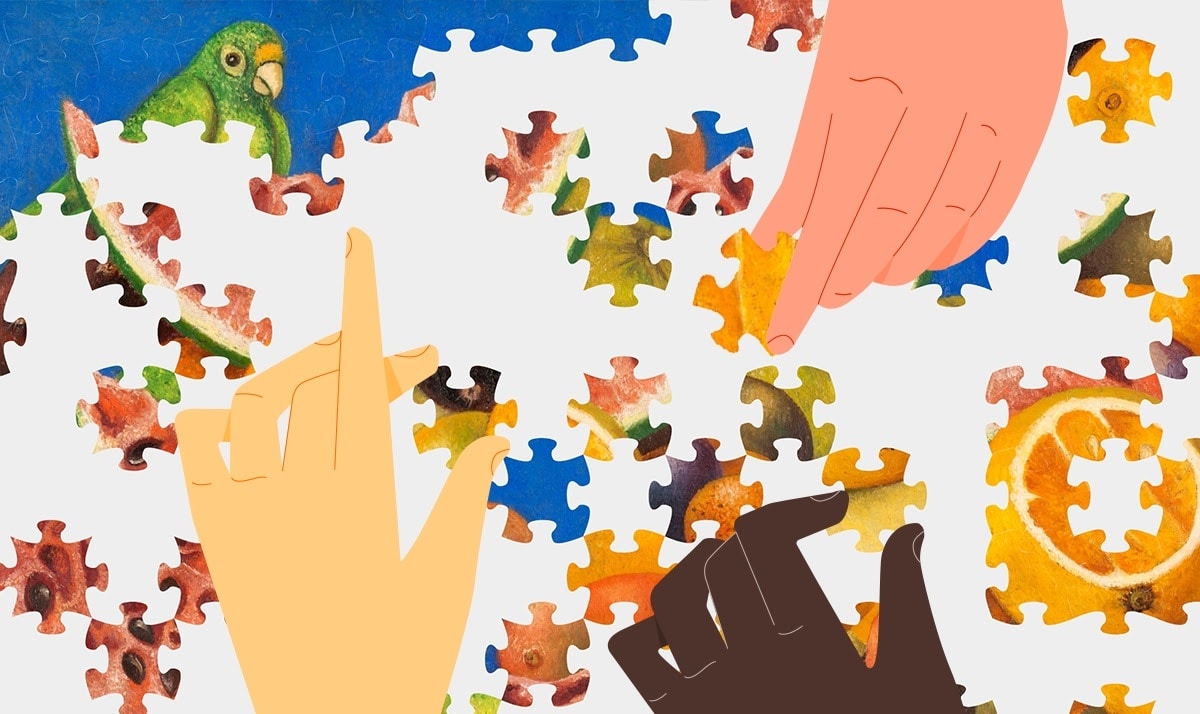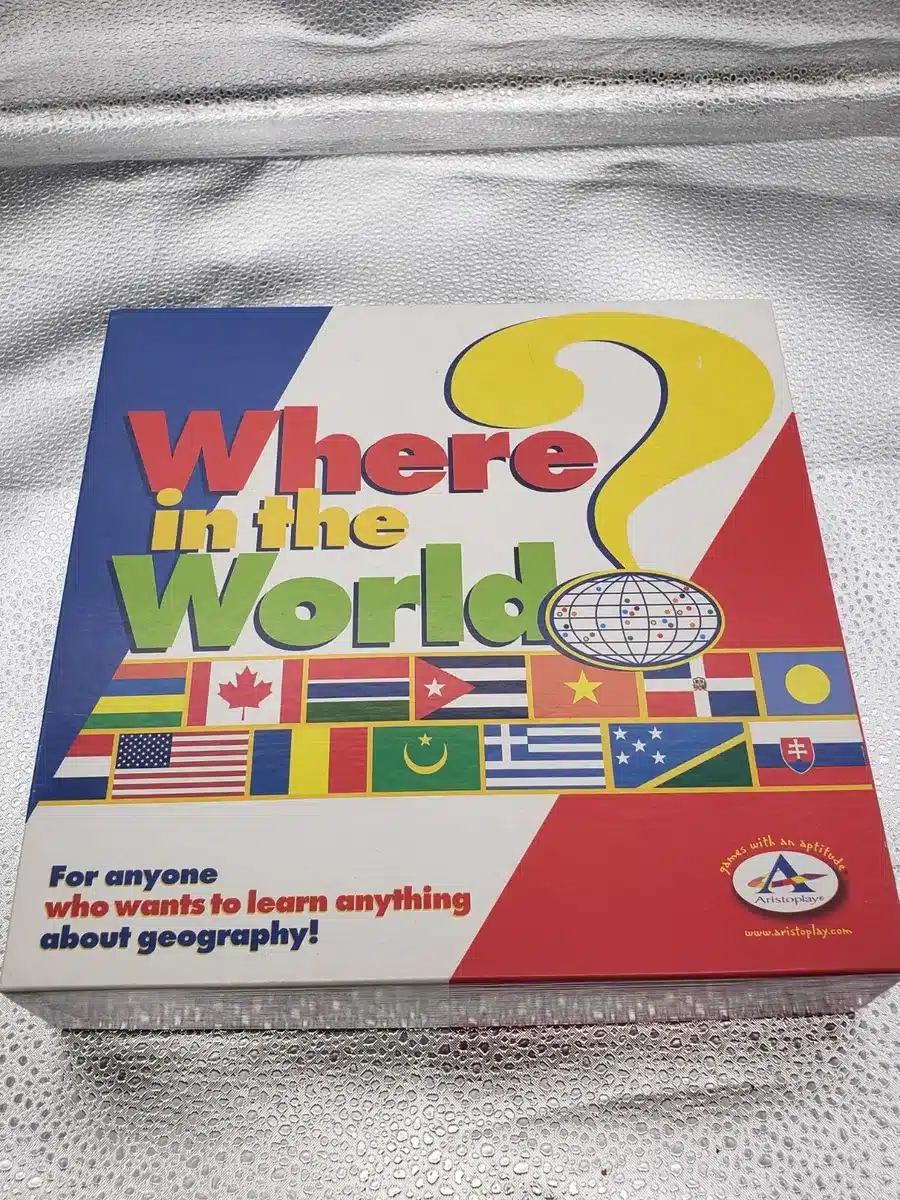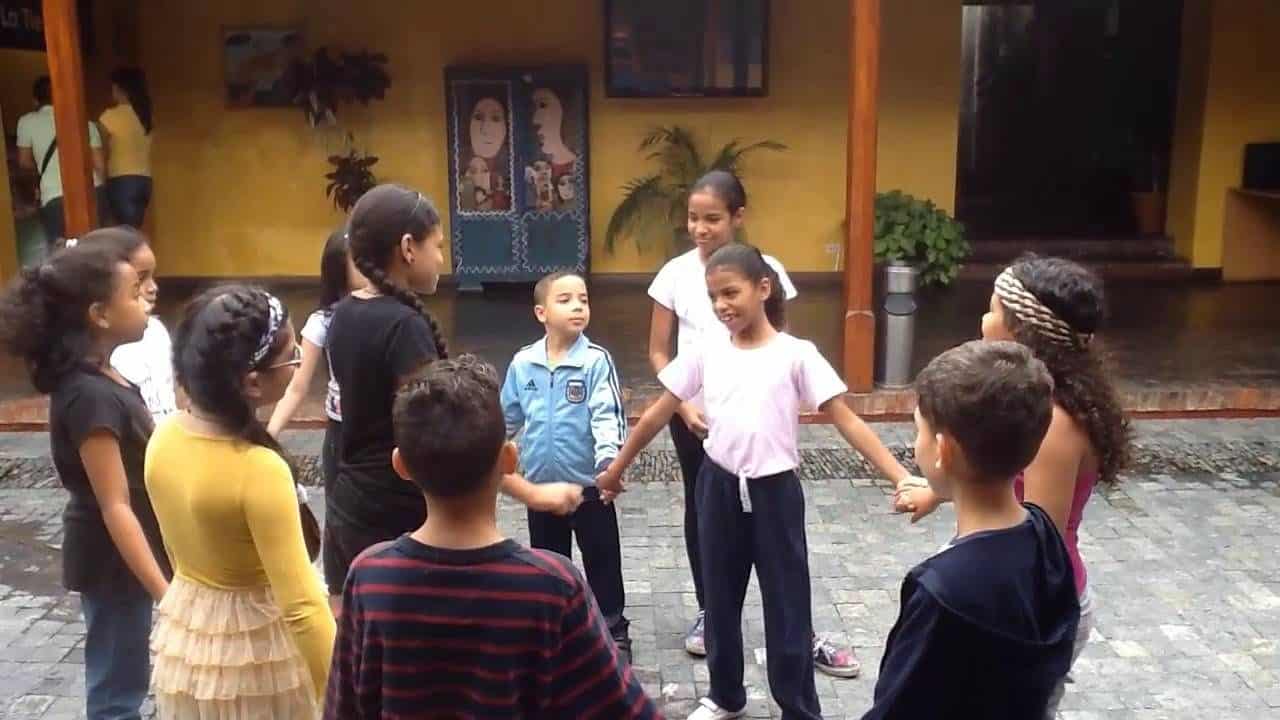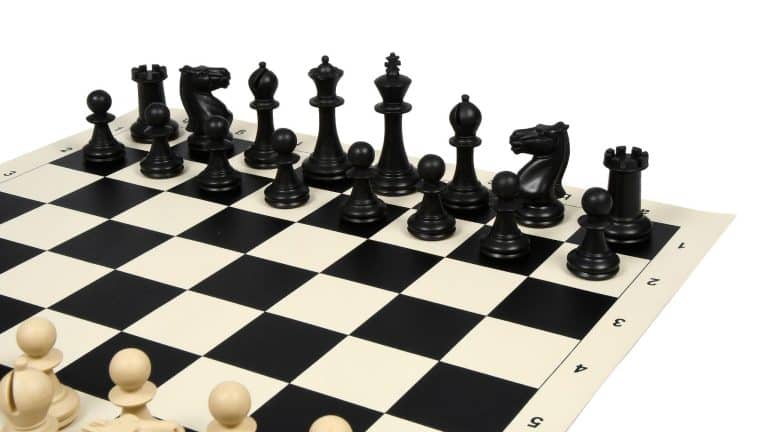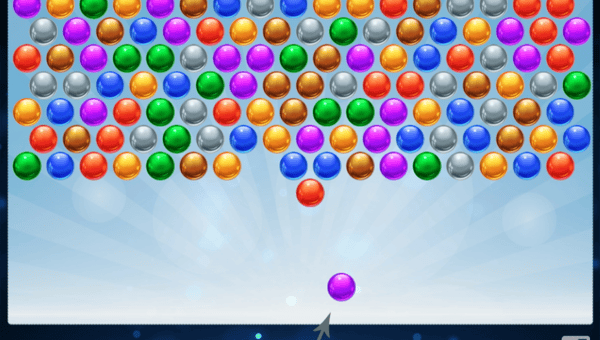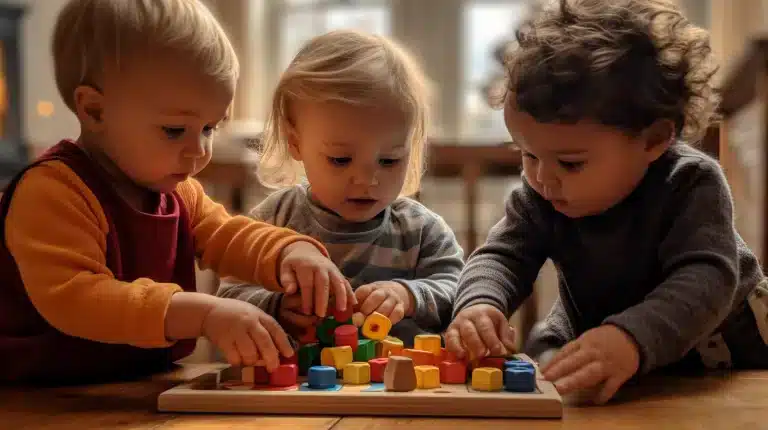Promoting inclusivity and increasing cultural literacy is an important job for teachers. With globalization on our doorstep, children need to learn the values and importance of cultures and societies other than their own.
It also makes them more considerate and empathetic adults. However, it is equally important for them to learn in a fun way. Games and activities focusing on appreciating diversity can be innovative educational tools.
However, a light-hearted geography quiz for kids can help keep them engaged and interested for a long time.
In this article, we will talk about the importance of games and how they can be used to teach more about different cultures.
Why Use the Form of Games for Cultural Literacy
The reason why fun games are indispensable for young children is because of how engaging they are. To impart lifelong lessons during the formative years, interactive games help the child pay attention.
These games often have unique scoring systems and rewarding elements that excite kids to participate. The fun and exciting environment games create makes kids eager to learn more. Some games also require deep thoughts and problem-solving to help children develop mentally.
Using such games, children can subtly be taught about cultures around the world.
Digital Games for Entertainment and Education
Children need to understand others from different backgrounds in our globally connected world. And with the help of digital games, they can effectively communicate with children from other cultures.
Most of these games also help with memory retention connected with traditional forms of learning.
Here are the most popular games children can play online to learn about cultures.
1. Cultural Crosswords
This is a highly effective game that works to improve cultural literacy among young children. The game has four basic categories: Science and Technology, Arts, Around The World, and Nature.
Children can then learn much about the different countries from the crosswords. The crossword also offers clues full of information, giving the children a complete knowledge of the world.
2. Puzzle Party
Visual images are known to impact children’s minds more than written words. So, to improve their knowledge of the world and its people, use the puzzle part of the game.
It can even be played in a group as the students figure out the pieces together. The game also allows the students to learn more about the artwork on which the puzzle is based.
Analog Games for The Win
Digital games are great if you want to teach children individually. But in a class, having analog games is a more immersive experience. It will help kids bond with each other as they learn.
Here are some great ways to teach young kids about universal cultures without technology.
1. Board Games
The world of board games, which have a geographic focus, can be great to teach young children about different countries. For example, the popular game “Where in the World?” helps you get all the facts straight about all 196 countries.
As you begin slowly, you learn all about these countries’ languages, religions, and capitals.
Another way would be to induce games within the classroom that are popular in other countries. The Chinese game “Xiangqi” is a great alternative to chess as it is the gateway to understanding the vast nation. The game “Sushi Go!” is ideal for young children to learn more about Japan in a lighthearted manner.
2. Physical Activities
Apart from passive activities and games, physical games from different countries can also help children learn about their culture. These activities usually require little to no equipment but are a lot of fun.
For example, Greece’s “Triangle Game” occupies the kids with just some chalk and a rock.
Other physical activities engage the whole class. The Puerto Rican game “El Gato Y El Raton” requires an adult leader to supervise. The children can then select a cat and a mouse and then form a circle to start.
However, Belgian “Hunter and Rabit” need a ball for the hunter to throw at the rabbits. All of these games provide a great insight into the countries.
Conclusion
Overall, children need to learn about the different cultures of the world. With the presence of digitization and the internet, it will help them become a well-rounded person. And the best way to teach them is with the help of games and fun activities, keeping their interest occupied.
Many games can easily teach children about cultures other than their own. Digital games like Puzzle Party and Cultural Crosswords are especially good. Analog board games are also a great alternative for an in-class activity.
So, comment and tell us your favorite way of teaching children through games.




